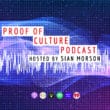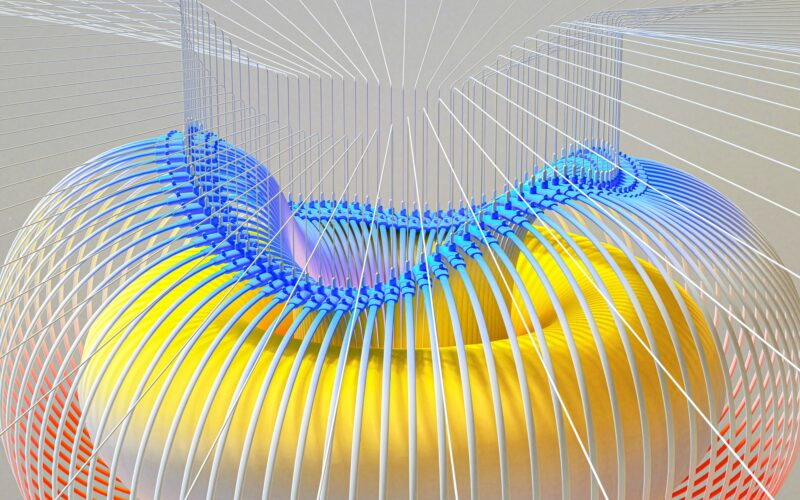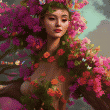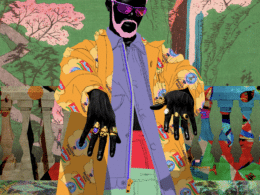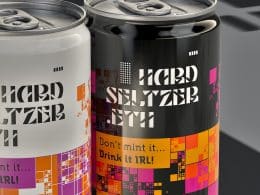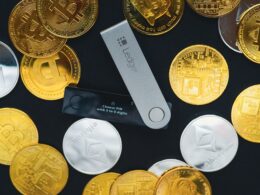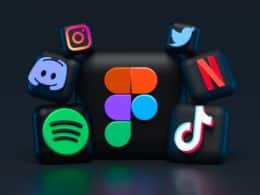What does it mean for the NFT Space?
If you’ve been on Twitter or Instagram lately and you follow digital artists, your feed has undoubtedly been inundated with AI-generated images. Platforms such as Mid Journey and Lensa.AI have taken digital art by storm and the results of AI generated work have made their way from your feed and onto the platforms and are now for sale.
But what exactly are AI generated artworks and how are they affecting the NFT space? Read on.
The use of artificial intelligence (AI) to generate artworks has been a topic of growing interest in the world of non-fungible tokens (NFTs). With the ability to create unique and seemingly infinite variations of artworks, AI has the potential to revolutionize the way that art is created, distributed, and valued. However, it also poses a number of challenges for creators and the broader NFT community.
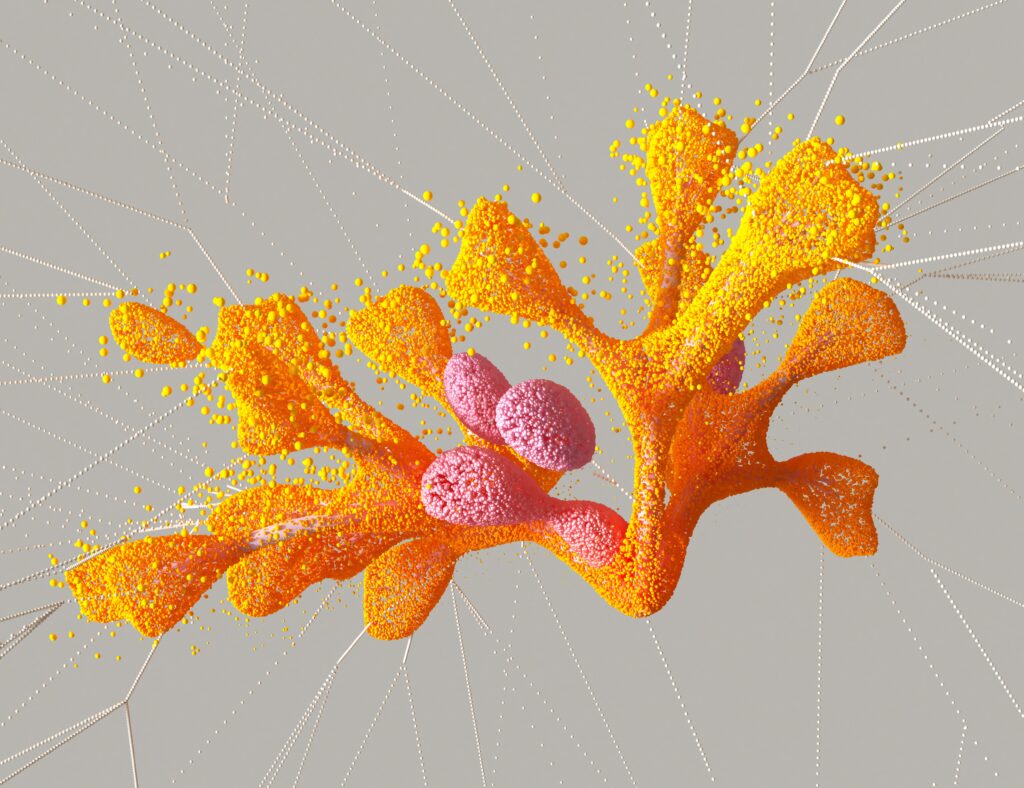
One of the main challenges of AI-generated art is the question of ownership and attribution. Unlike traditional art, which is created by a single artist or creator, AI-generated art is often the product of a collaboration between a human creator and an AI algorithm. This can make it difficult to determine who should be credited as the creator of the artwork, and who has the rights to sell and profit from it.
Another challenge is the potential for AI-generated art to commodify and devalue traditional art. With the ability to generate seemingly endless variations of artworks, AI has the potential to saturate the market and reduce the perceived value of individual artworks. This can make it difficult for human creators to compete and profit from their art, and could ultimately lead to a decline in the overall value of the NFT art market.
Additionally, the use of AI in art raises ethical concerns about the role of technology in creative expression. Some argue that AI algorithms are simply tools that can be used by human creators to enhance their art, while others believe that AI has the potential to fundamentally change the nature of art and creativity.
Despite these challenges, the use of AI in art is likely to continue to grow and evolve. As such, it is important for the NFT community to address these challenges and find solutions that ensure that human creators are fairly compensated and recognized for their work, and that the value of traditional art is preserved. This could include the development of new attribution and ownership models, the implementation of fair pricing and distribution mechanisms, and the establishment of ethical guidelines for the use of AI in art.
Ultimately, the use of AI in art and the NFT space is a complex and evolving area that requires careful consideration and ongoing dialogue. By addressing the challenges and embracing the potential of AI, the NFT community can continue to innovate and thrive, while ensuring that human creators are fairly compensated and recognized for their work.

